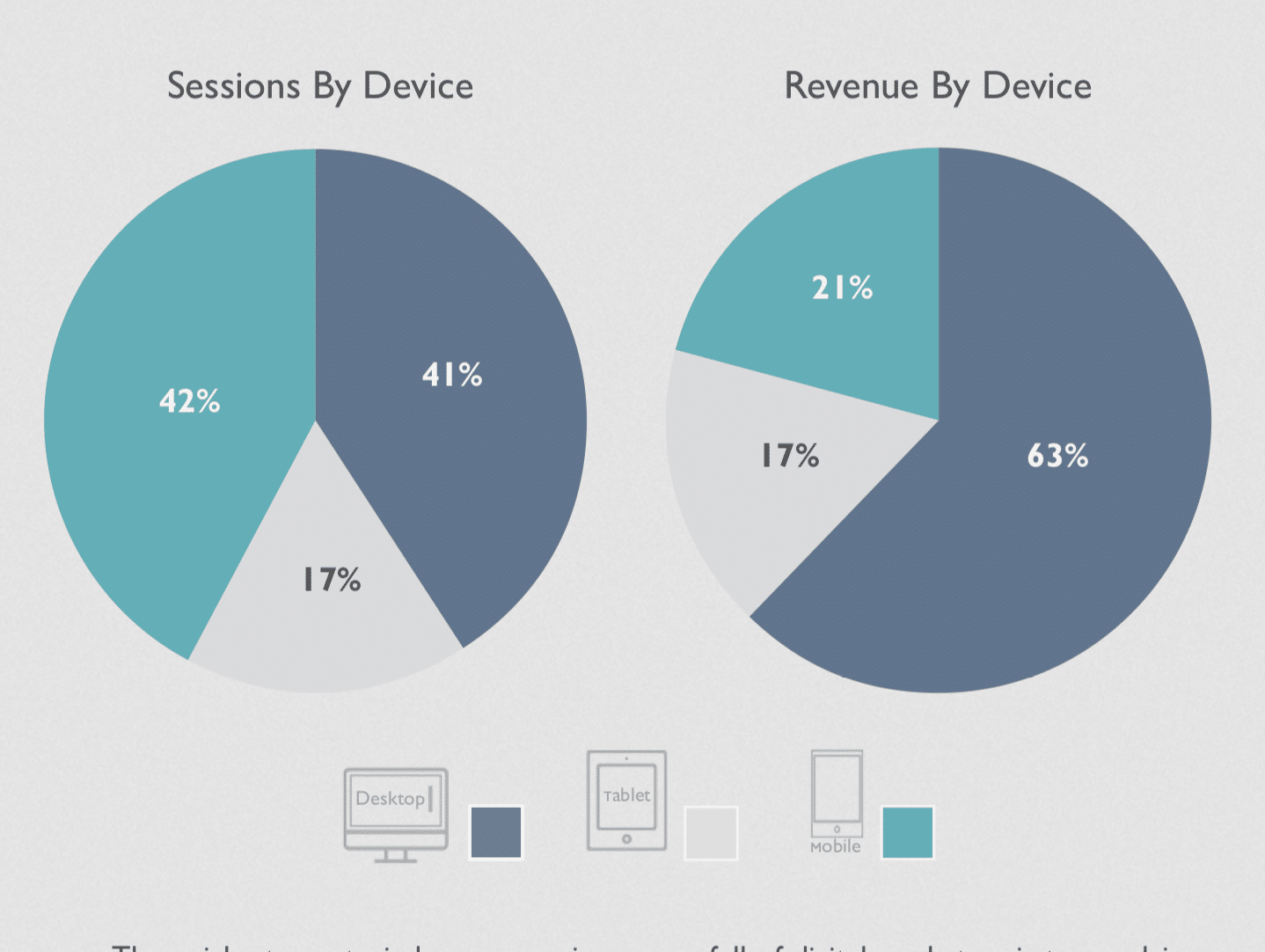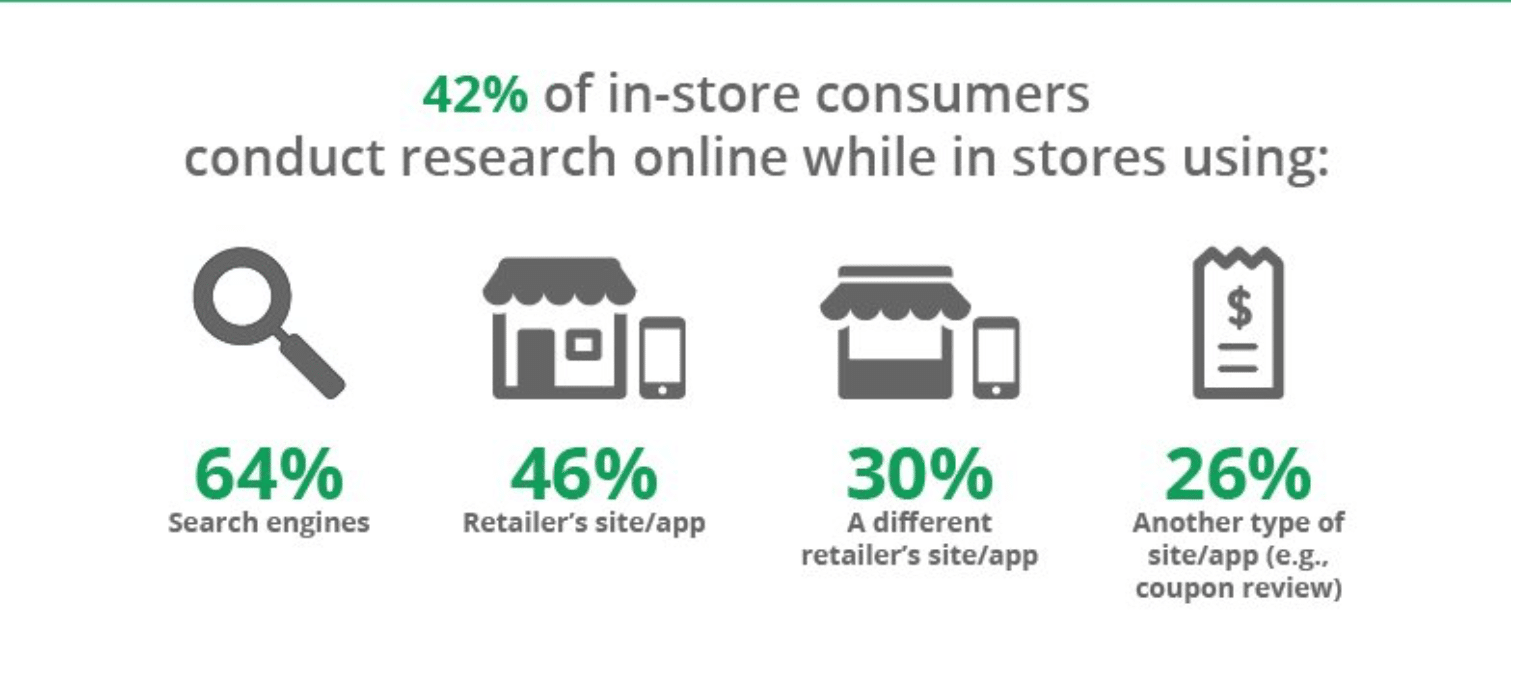E-commerce marketing – the practice of converting website traffic into sales – is simple in definition. But shoppers, digital platforms, and algorithms evolve constantly, and so must your strategy. Studies claim that 95% of purchases will be made online by 2040, and online shopping already accounts for 13% of retail sales in the U.S. alone in 2021 with lower ratios and even higher growth potential in other parts of the world. The numbers leave it crystal clear: brands can no longer afford to avoid the digital marketplace.
For the most part, brands are embracing the opportunity – there are 12-24 million e-commerce sites online, and according to eMarketer, e-commerce sales are expected to hit $27 trillion in 2020. In addition there are a relatively new breed-of e-commerce companies that use apps and multi-vertical approaches to online sales.
COVID-19 impact on consumer behavior has substantially accelerated this trend with brands in the U.S. and other parts of the world rushing towards D2C marketing and e-commerce related technologies. But to succeed, brands must be strategic and consistent about e-commerce marketing, and how they use the tools that the digital era affords them.
E-commerce marketing involves balance of paid, unpaid efforts
In contrast to shopping in person, e-commerce offers customers a far more personalized, convenient experience. It gives shoppers access to almost any type of product from anywhere in the world and, similarly, gives brands access to platforms with a global reach and a myriad of tools to empower their brand. A recent study found that the #1 reason people shop online is that they’re able to shop at all hours of the day.
Putting your products in front of the right audience requires a balance of marketing efforts that can generally be broken down into paid and unpaid efforts. Unpaid strategies involve drawing the right audiences to your brand “organically” through campaigns that generate audiences and sales through offering relevant, captivating content. SEO falls under the unpaid category as well, enabling better search rankings for those willing to navigate search engines’ ever-changing algorithms.
Paid media typically involves buying a space for advertising across different digital platforms. Common formats include display ads, banner ads, and sponsored ads, and they typically live on platforms like search engines (Google, Bing), social media (Twitter, YouTube, Facebook), and typical websites.
Brands must be thoughtful about how they employ a mix of paid and unpaid marketing strategies, responding to their target audiences’ online preferences and behavior.
E-commerce shoppers are global, young, and skew female
While each brand is responsible for understanding the particularities of its target audience, statistics on global e-commerce shoppers reveals a number of notable trends. E-commerce is increasingly global:cross-border e-commerce now accounts for 20% of total global e-commerce.
E-commerce is also increasingly generational: A recent study found that Millennials and Gen-Xers spend 50% more time shopping online than their older counterparts: 6 hours versus 4 hours, respectfully. And 67% of millennials and 56% of Gen-Xers prefer to shop online versus in a brick-and-mortar store. Breaking e-commerce down by gender reveals another interesting trend: Men spend 28% more than women shopping online.
Social media continues to drive effective e-commerce marketing
It’s no surprise that today’s social media platforms offer brands a myriad of ways to connect with today’s shoppers. While they can be selective about which platforms they use based on their audience and goals, those that forego a social media presence altogether are missing out. A recent study found that brands with a social media presence experience sales that are 32% higher than those that do not. This when considering the results of a study that revealed that 74% of consumers rely on their social media networks to make purchasing decisions.
Luckily, brands can turn to data to inform their decisions surrounding which platforms to invest in. For example, Shopify reported that the average order value for customers referred from Instagram is $65.00, followed by Facebook ($55), Twitter ($46), and YouTube ($38). Brands are already spending big money to promote their products on social media: eMarketer reported that Worldwide ad spending on Facebook and Instagram combined will reach nearly $95 billion annually in 2021. But other platforms are growing, too: The number of marketers sharing video content on LinkedIn is set to rise to 65% in 2021, for example.
Email marketing allows brands to be proactive in reaching audiences
While consumers actively seek compelling content from brands on social media, Report: Automated Email Open Rates and Conversion Skyrocket during Pandemic allows brands to initiate a kind of proactive engagement that keeps them top of mind with their audiences.

A recent study found that email marketing contributes to 20% of traffic that drives eCommerce sales, and OptinMonster reported that email marketing yields $44 for each $1 spent for a 4400% ROI.
Smart brands use a number of tactics to take full advantage of email marketing. Segmentation – diving groups of consumers into groups based on common characteristics, traits, or behaviors – is key to ensuring that the content a brand delivers its audiences is relevant. Depending on who they are and what they are looking for, consumers will seek different kinds of information and products during their buying journeys. Campaign Monitor reported that segmented campaigns to email subscribers drive a 760% increase in revenue.
Shoppers increasingly turn to mobile for online shopping
An essential element of any e-commerce marketing strategy involves recognizing the different devices that shoppers use. 85% of customers start a purchase on one device and finish it on another.
Today, a significant portion of e-commerce activity occurs on mobile devices. This is true for all stages of the journey: 93% of Millennials have compared online deals using a mobile device. Shoppers even turn to their phones while in physical stores: 65% of consumers look up price comparisons on mobile while in a physical store, and 32% of shoppers changed their minds about purchasing items after checking out product information on their mobile devices within a physical store.

They feel as comfortable making important purchases on mobile as they do on desktop devices: In fact, conversion rates from mobile apps are 3x higher than mobile websites, and 40% of all online purchases made during the holiday season are done on smartphones.
What does this mean for e-commerce marketing strategies? Most importantly, brands must design mobile-friendly websites. 73% of consumers will switch from a poorly designed mobile site to one that makes purchasing easier, and people who have a negative experience in your mobile store are 62% less likely to purchase from you in the future. Brands that want to take it a step further can engage shoppers on brand or company-specific apps. According to a study from Invesp, 53% of smartphone and tablet owners will shop on company-specific apps.
AI set to transform shopping experience
While AI is still a nascent technology, it is quickly becoming a useful tool in e-commerce marketing strategies. It is primarily useful for deriving insight from large volumes of data. This is particularly relevant for e-commerce marketers that want to find patterns in shopping behavior and form a 360-view of customers as they give us clues about their preferences through interactions and engagements with your brand.
AI is also immensely useful in delivering better customer experiences. Chatbots represent one of the most popular applications for AI today. While nothing can fully replace the human touch, shoppers are starting to recognize the value that AI-powered customer service tools offer. A recent study found that almost half of consumers are open to the idea of purchasing an item from a chatbot. 57% are interested in getting information sent to them by a bot when visiting a business’s website.
What not to do: additional fees, complicated checkouts
Shoppers go online for convenience, and if they can’t find what they want easily, or if it won’t be delivered efficiently, they are likely to abandon their journey with a brand. According to a study by Metapack found that 45% of online shoppers abandon their carts when they are unhappy with delivery options, and 69% feel the same about shipping fees.
Similarly, complicated checkout processes, websites that load slowly, and sites that aren’t optimized for mobile will leave the site without making a purchase. The consequences for this can be drastic: 73% of consumers will leave a site if it isn’t mobile friendly.
But there are ways to bring users who abandon back in. Email recovery strategies allow brands to send emails reminding users to return and complete a purchase. They are surprisingly effective, with a study claiming that almost half of recovery emails are opened, and that almost a third incentivize a sale.
Smart e-commerce marketing means automation, personalization, and convenience
Online shopping habits will continue to evolve as technology enables more and more ways to make e-commerce easier, faster, and more personalized. Smart brands can win in this space by staying attune to the devices and platforms that people are using, using technology to complement (and sometimes replace) the human touch, and building the tools to keep transactions as smooth and seamless as possible.







